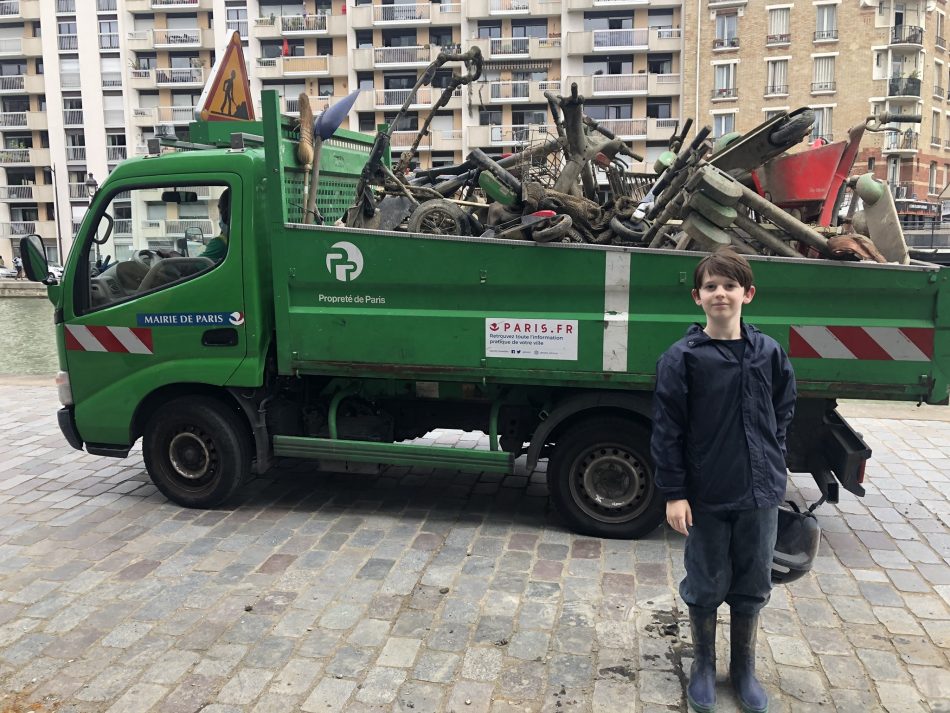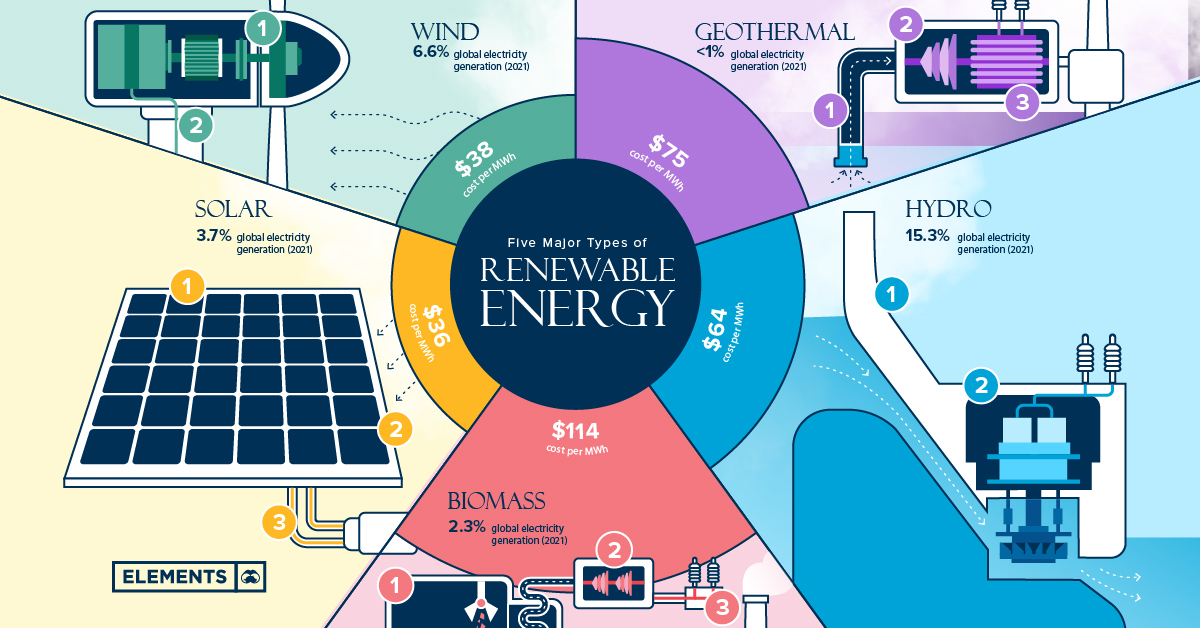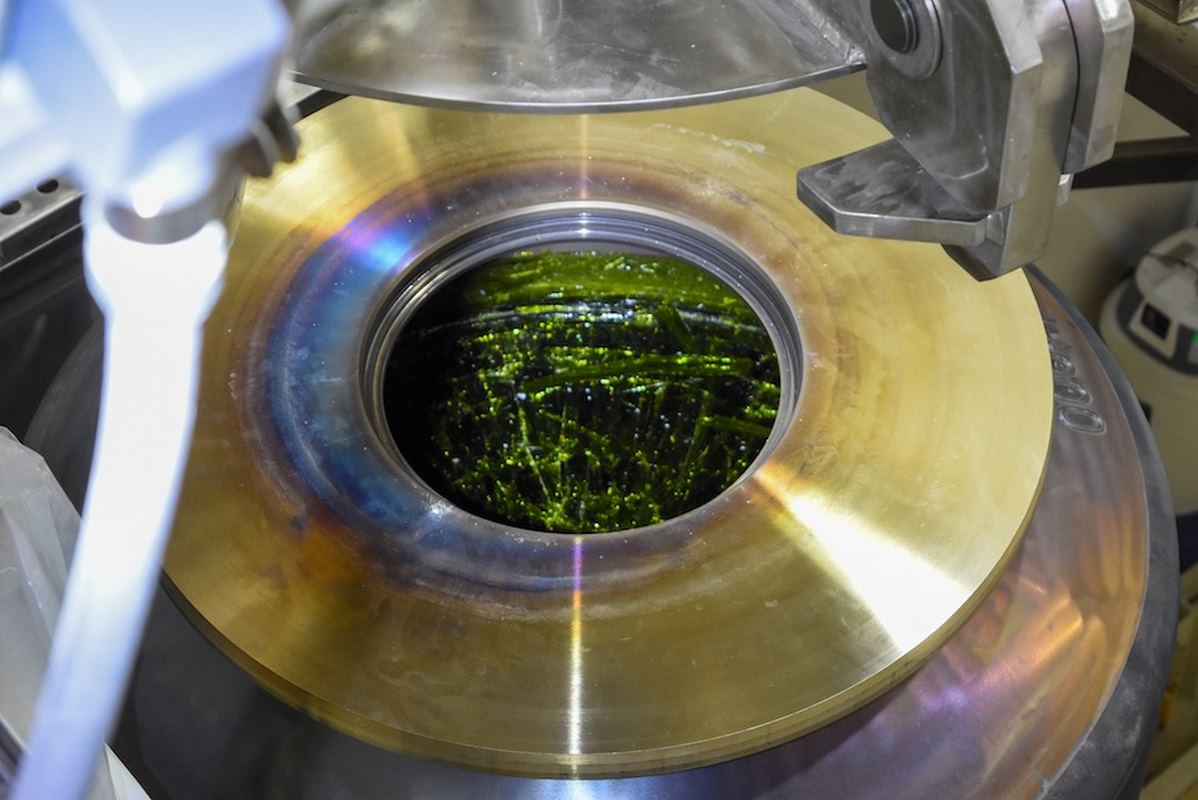Ancient City Found in the Amazon
An ancient city, hidden for thousands of years by dense vegetation in the Amazon, has been uncovered through LiDAR Technology. The Upano area in eastern Ecuador reveals a complex urban society with houses, plazas, and an impressive network of roads and canals connecting them. This discovery challenges the main stream belief that Amazonian people lived nomadically or in small settlements.
Built around 2,500 years ago, the city thrived for up to 1,000 years, hosting a population estimated in the tens of thousands or more. It is the oldest site known in the Amazon, and the size could indicate that the ancient civilization could rival or have even been larger than the Mayan civilizations in Mexico and Central America.
The archaeological findings, aided by LiDAR technology flown on a plane, exposed 6,000 rectangular platforms arranged in groups around plazas. These platforms, believed to be homes and ceremonial spaces, showcased sophisticated urban planning.
A striking feature was the extensive road network, covering a vast distance that have long straight sections, and sometimes turn using right angles. It is much more common to see roads that follow the lay of the land as it is easier to make. The researchers believe this might suggest a ceremonial or symbolic significance to some of these roads. Causeways with ditches, likely canals managing water resources, were also identified. Signs of threats to the city, such as blocked entrances and ditches, hinted at potential conflicts with neighboring groups.
The first evidence of their being an ancient city was found in the 1970’s, but this is the first time the site has been thoroughly surveyed since then.
Prof Stephen Rostain, director of investigation at the National Centre for Scientific Research in France, was the man who lead the survey. He said he was warned away from the research by other scientist who claimed there were no ancient civilizations in the Amazon. The professor was not deterred, and is quite happy about it, saying “But I’m very stubborn, so I did it anyway. Now I must admit I am quite happy to have made such a big discovery,”.
The researchers plan to explore an adjoining 300 sq km area to see what more they can discover.
This reminds me of the writings of early Spanish explorers, who claimed there were large cities and civilizations in the Amazon. These cities were not found later, and lot’s of scientists and historians chalked it up to fabrications. This is a good reminder that sometimes scientist get a little over confident with with what they “know”.
Hopefully, we continue to learn more about these lost cities and people.




